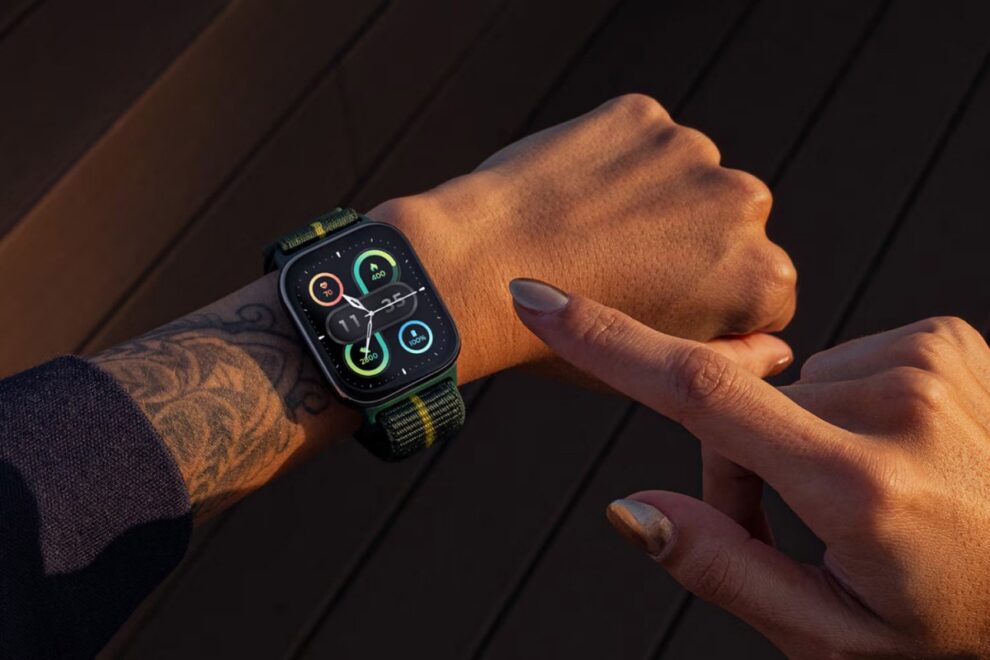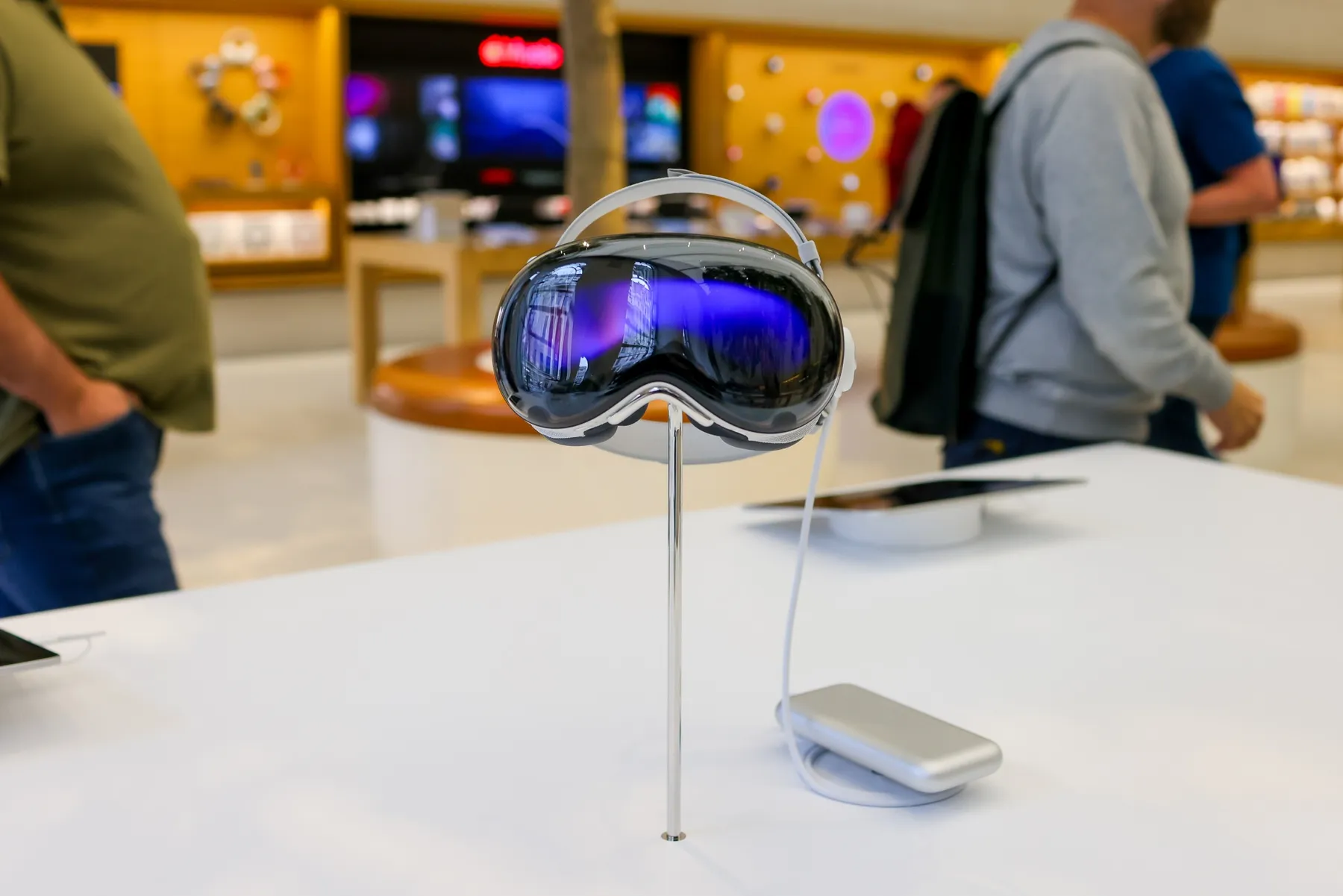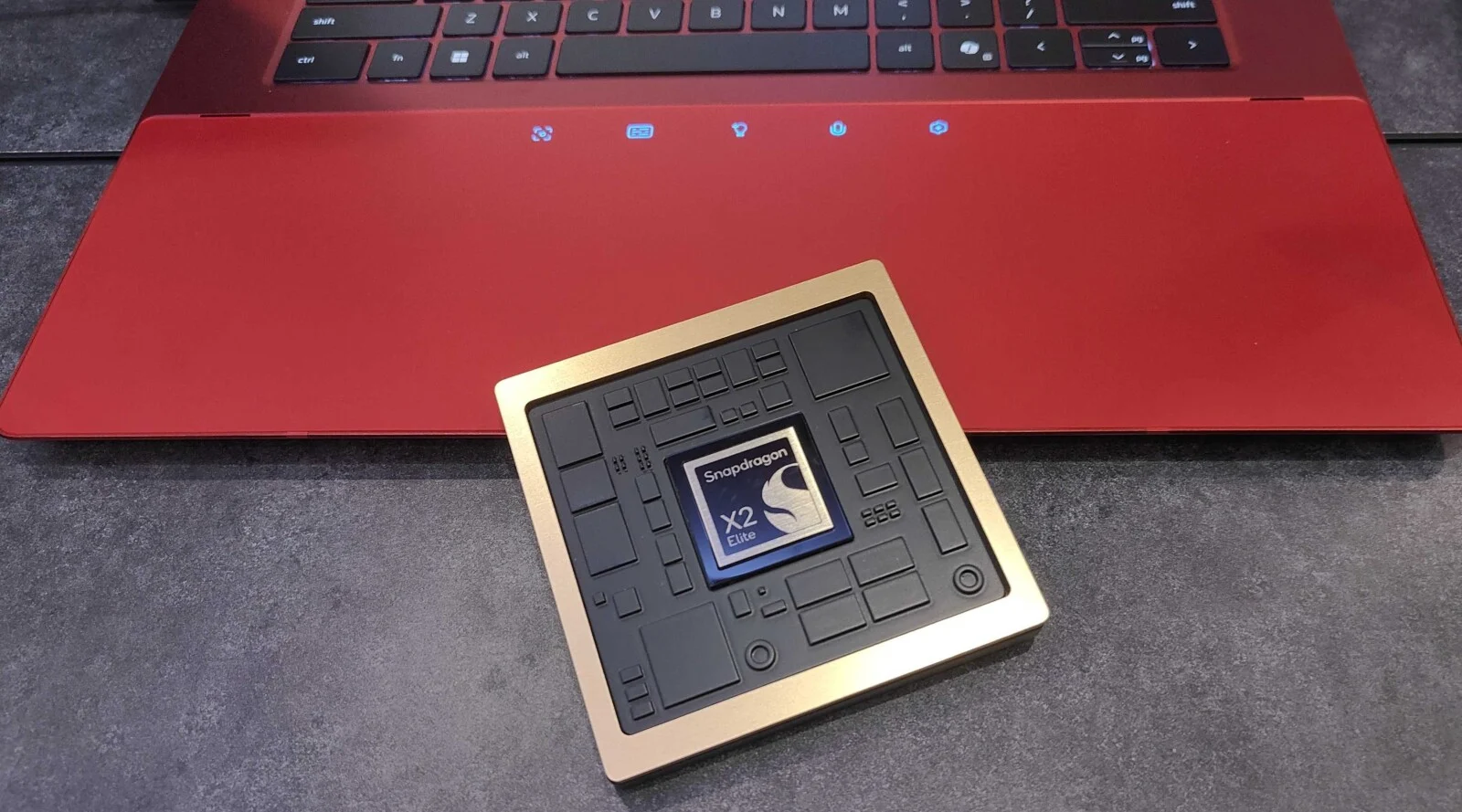Motorola’s re-entry into the smartwatch market with the Moto Watch Fit has sparked discussions about whether the brand is living up to its storied reputation. Once a pioneer with the Moto 360, Motorola now faces scrutiny over its latest wearable offerings.
A Glimpse into the Moto Watch Fit
The Moto Watch Fit, unveiled in April 2025, boasts a 1.9-inch OLED display, Gorilla Glass 3 protection, and a lightweight design at just 25 grams. It offers features like GPS tracking, heart rate monitoring, and sleep analysis. With an impressive battery life of up to 16 days, it seems poised to compete in the fitness tracker segment.
However, the watch operates on a proprietary real-time operating system (RTOS), limiting its app ecosystem and functionality compared to competitors running Wear OS or similar platforms.
The Legacy of Licensing
Motorola’s approach to smartwatches has involved licensing its brand to third-party manufacturers. CE Brands, previously known as eBuyNow, has been responsible for several Moto Watch models, including the Moto Watch 100 and 120. These watches have faced criticism for software issues, particularly with companion apps that have low user ratings and reports of syncing problems.
The Moto Watch Fit appears to be a shift, with Motorola taking a more hands-on role in its development. Yet, the extent of this involvement remains unclear, leading to questions about the brand’s commitment to quality and innovation in the wearable space.
Design Choices and Market Positioning
The Moto Watch Fit’s design has drawn comparisons to the Apple Watch, featuring a squircle display and a nylon strap reminiscent of Apple’s Sport Loop. While this aesthetic may appeal to some, it raises concerns about originality and brand identity.
Priced at £89.99 in the UK, the Moto Watch Fit targets the budget-conscious segment. However, in this competitive price range, it faces stiff competition from brands like Amazfit and Xiaomi, which offer devices with robust features and established ecosystems.
The Need for a Clear Vision
For Motorola to reclaim its position in the smartwatch market, a clear and consistent strategy is essential. This includes transparent communication about product development, ensuring software reliability, and delivering unique features that differentiate its devices.
The Moto Watch Fit’s integration of Moto AI for personalized watch faces is a step toward innovation. However, without a comprehensive ecosystem and reliable software support, such features may not be sufficient to sway consumers.
Motorola’s Moto Watch Fit represents an attempt to re-establish its presence in the wearable market. While it offers commendable hardware specifications and battery life, the lack of a robust software ecosystem and questions about brand involvement hinder its potential. To truly honor its legacy, Motorola must commit to delivering quality, innovation, and transparency in its smartwatch endeavors.








